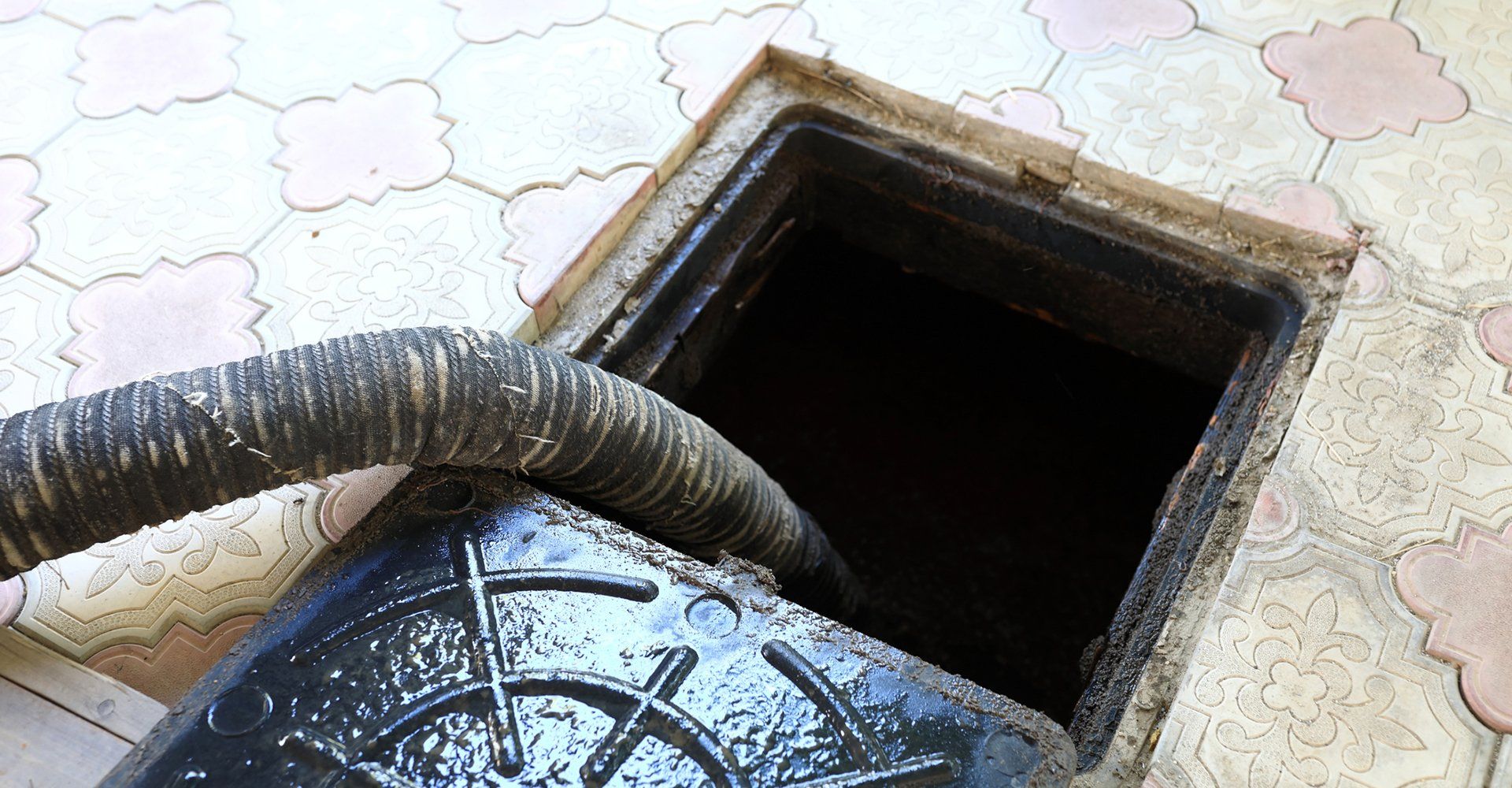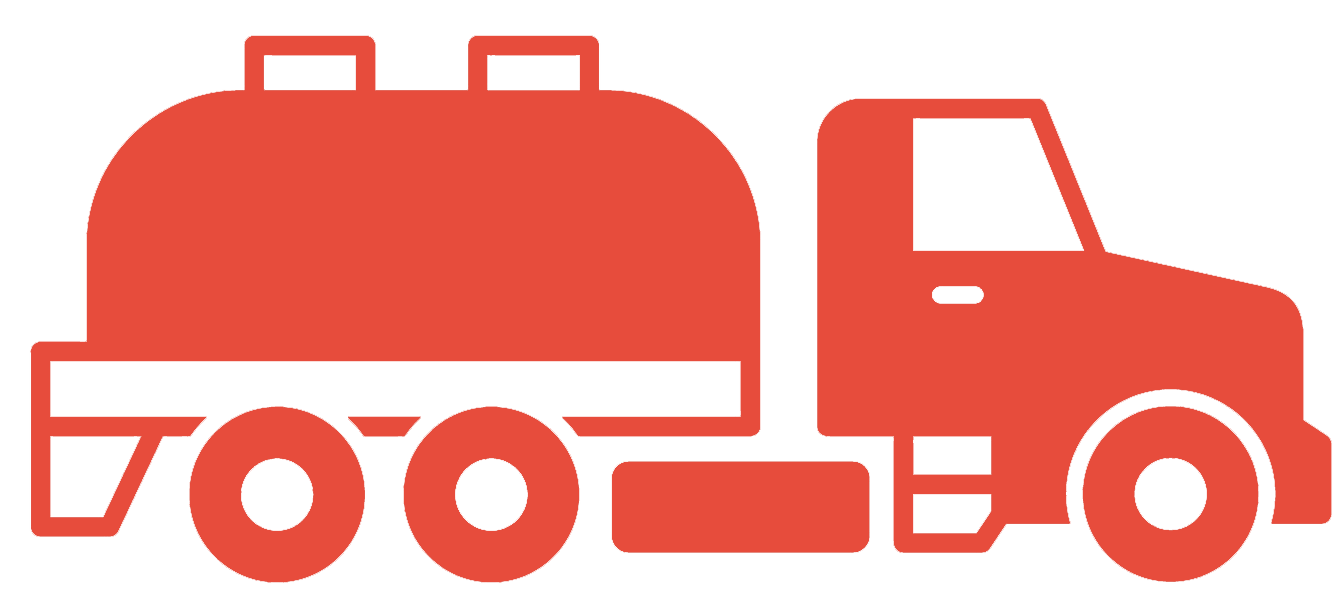Contact Us Now: (608) 754-7816
Email: bergendalseptic@gmail.com
Josh s. Bergendal
Contact Us Now: (608) 754-7816
Email: bergendalseptic@gmail.com
How Your Septic System Works
Schedule Your Septic Pumping Service with Bergendal Septic Services
Septic System Overview from Bergendal Septic Services
Water and waste exit the house through a pipe to the drain field. In the tank, the waste separates into:
A. Scum: Floating Solids, Grease and Fat
B. Clear Zone: Untreated Wastewater That Exits the Tank to the Drain Field After Passing Through the Filter
C. Sludge and Solids: Everything That Has Settled and Sunk to the Bottom of the Tank and Needs to Be Pumped Out Periodically
The incoming water will push the water from the “Clear Zone” (B) through the filter and drain field. The filter prevents floating solids from entering and clogging the drain field. Bacteria work to break down the settled solids in a process called partial decomposition. Zones A and C are not meant to enter the drain field and must be periodically removed to prevent build-up.
For a more detailed explanation, please click on the following button to view our Homeowners Guide To Septic Systems.

What Are The Sections of A Septic System
Septic Tank
Purpose: To begin the process of treating wastewater by providing settling and floatation and bacterial digestion of solids and storage.
Scum: The floating solids. Typically fats, oils, greases, and lighter solids that may remain floating or become waterlogged and sink into the lower zones.
Clear Zone: Not highly treated but clarified compared to the wastewater entering the tank and the larger particles that have either floated to the top or sunk to the bottom. The liquid leaving the septic tank should come from the clear zone to avoid clogging the soil absorption area.
Sludge: The settling solids. In part, heavier solids or scum particles that have become waterlogged.
Preventive Maintenance
Servicing: Routine maintenance and pumping are required to maximize system life. Many counties require an inspection every two or three years to determine if pumping is necessary.
Note: If the septic tank is not maintained, increased scum and sludge depths will result, thus decreasing the liquid volume. This reduces detention time, so less settling occurs, and the liquid will be much higher in suspended solids. The suspended solids eventually settle out in the soil infiltration system, which can lead to the premature failure of the drain field.
Harmful Products
A septic system is designed to work on digested waste. Anything you cannot digest will only add to the solid build-up in the tank, as the bacteria will not be able to digest it either. The septic tank is a living environment that needs food to function properly. It is essential to avoid killing the bacteria with harsh chemicals and drugs.
A Partial Listing of Things That You Should Not Flush:
- Chemicals, including Strong Drain Cleaners, Detergents, and Anti-Bacterial Products
- Soaps Containing Emulsifiers
- Leftover Drugs
- Cigarette Butts, Sanitary Products, Condoms, Baby Wipes, Diapers, Facial Tissue and Toweling
- Seeds, Peels, Coffee Grounds, Grease and Cooking Oil
- Paint, Thinner, and Varnish
- Antifreeze, Gas, or Oil Products
- Chemicals, including Strong Drain Cleaners, Detergents, and Anti-Bacterial Products
- Soaps Containing Emulsifiers
- Leftover Drugs
- Cigarette Butts, Sanitary Products, Condoms, Baby Wipes, Diapers, Facial Tissue and Toweling
- Seeds, Peels, Coffee Grounds, Grease and Cooking Oil
- Paint, Thinner, and Varnish
- Antifreeze, Gas, or Oil Products
BROWSE OUR WEBSITE
CONTACT INFORMATION
Address: 7229 N County Rd F Edgerton, Wisconsin 53534-9724 United States
Phone: (608) 754-7816
Email: bergendalseptic@gmail.com
